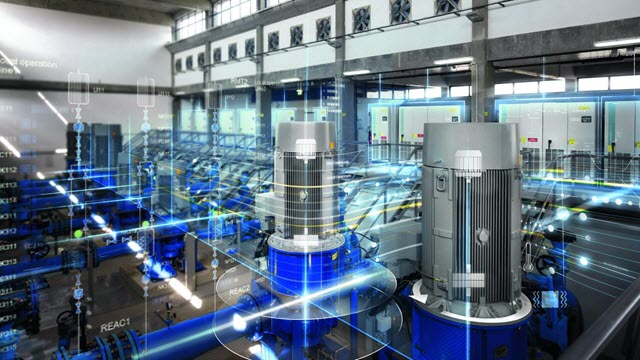In the world of building design, architects and engineers have been using an outdated method for years. It’s called thermal bridge analysis. And as a result, buildings are being built with some significant flaws in their energy efficiency. But not for long!
With new technology, we can now more accurately calculate heat transfer from one part of a building to another – which means that we will be able to create better-designed buildings that use less energy and save more on heating costs.
1. What are the thermal challenges in your industry?
You may face the thermal challenges in the thermal management system of your industry that there are many factors that can affect the energy usage of your building. The impact of thermal bridges is only one example, however, the way to work out if they exist and how much heat transfer will occur is not always easy.
The engineers who design spaces for buildings do their best with what they know about current practices, but sometimes these methods aren’t the best. By using different software to build and design spaces, we can get a much better idea of what’s going on with heating and cooling needs in a space.
2. How is your industry affected by these challenges?
The thermal challenges in your industry can be seen through how energy-efficient buildings are and if they will actually save money in the long run. By using thermal simulations based on real data, architects can create spaces that are more energy-efficient and save your business money in heating costs.
3. What is your industry doing to overcome these challenges? How do you plan on being more competitive because of this?
There are ways to improve how buildings are designed by adapting technology to create better outcomes. This will benefit businesses in the long run by giving them less money spent on heating and cooling bills each year.
4. Looking forward 5 years, how is this technology advancing your industry?
In five years, thermal simulation as a process for building design will be much more advanced thanks to new technology that can help provide architects and engineers with the data and information they need to improve spaces. This will mean less money spent on energy costs and more energy savings for businesses in the long run.
5. How can insulation help with these challenges?
Insulation is a solution that can help improve energy efficiency and thermal comfort in buildings. This is why it’s so common in most building types. It helps reduce heat loss from outside where it can be extremely cold to indoors by slowing down or stopping air movement between spaces, which means there is less of a temperature difference between inside and outside. This is why it’s important to ensure you build with high-quality insulation and that it is installed correctly.
6. What are the benefits of using this technology over others?
There are many different reasons for using thermal simulation rather than other methods such as calculations or rules of thumb to determine if thermal bridges exist in a building and how much heat transfer will occur.
The thermally conductive pads great for many applications such as simulation works.
Thermal simulation works on the basis of real data and can provide a better idea of what’s going on with heating and cooling needs in a space, while also ensuring that a building is as energy-efficient as possible.
7. How can I get involved? Is there a way to become more familiar with this technology?
There are a number of ways to get involved with thermal simulation software, including learning how it is used and even becoming a thermal analyst. The best way to understand how thermal simulation works is by working with the software yourself. It’s great for architects who want to learn more about their business or industry, as well as engineers who are looking for new ways to improve the built environment. This is a growing industry with many opportunities, so it’s a great time to learn more about it and get on board.
8. What are the benefits of using this software over others?
There are a number of benefits that come from using thermal simulation as a technology for building design instead of other methods such as calculations or rules of thumb. One is that it works on the basis of real data and can provide more accurate information about how heating and cooling needs are met within a space. It also ensures that any building will be as energy-efficient as possible, which means less money spent on energy costs each year.
Conclusion:
By asking yourself these questions, you can see how thermal simulation as a method of building design can be used by architects to fit spaces with insulation that works. It is important for businesses to have energy-efficient buildings so they don’t have to spend large amounts of money on heating and cooling each year. This technology not only helps ensure this, but it is also an increasingly growing industry with many opportunities, which means it’s a great time to get involved.
Read Also – Nikki Majors



